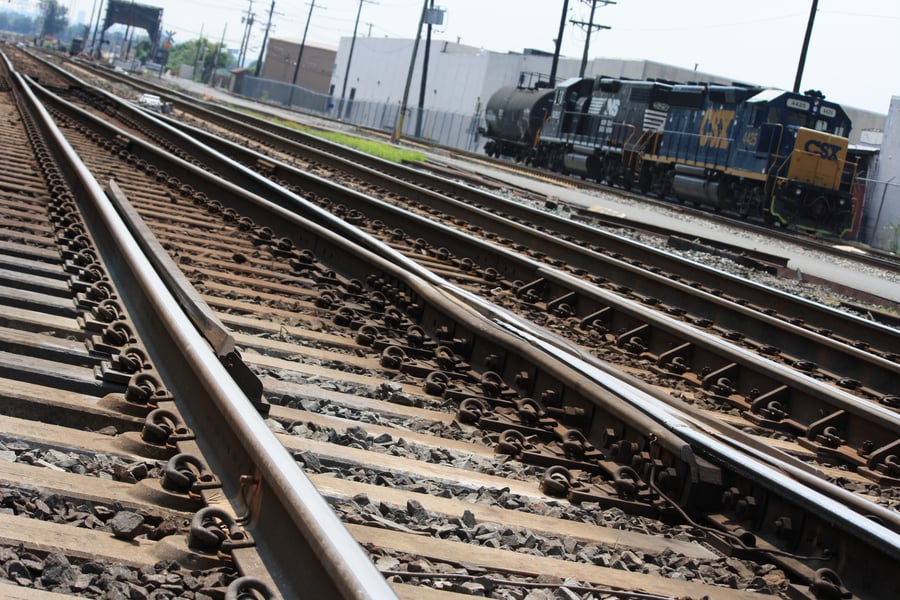
If you’re like most railroad workers, you’ve never had your deposition taken. Depositions are a key component of the legal process. This is where a lot of the surrounding facts concerning your lawsuit will be revealed.
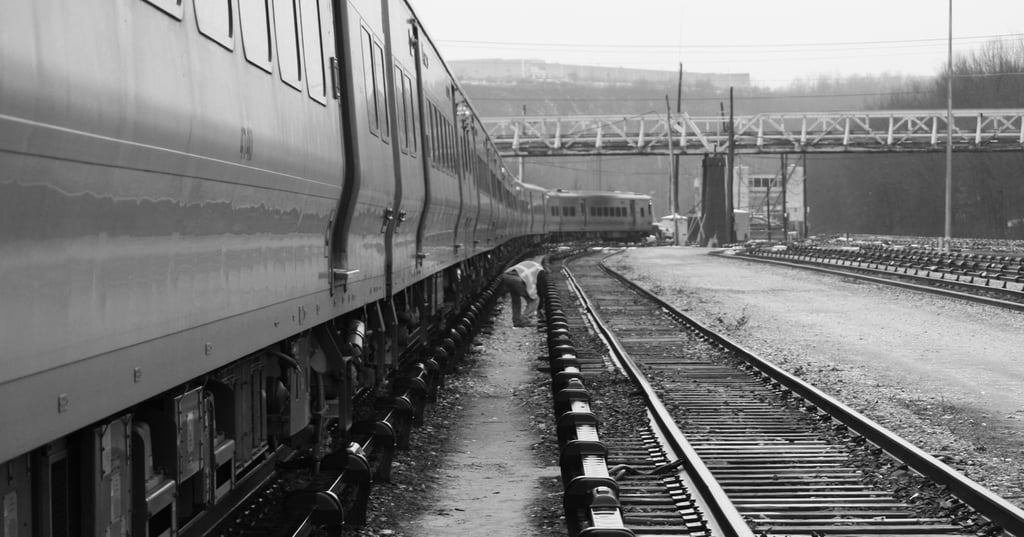

If you’re like most railroad workers, you’ve never had your deposition taken. Depositions are a key component of the legal process. This is where a lot of the surrounding facts concerning your lawsuit will be revealed.
Topics: how to hire a railroad lawyer, Basic steps to filing a fela lawsuit, FELA injury, how to file a claim against railroad, trials
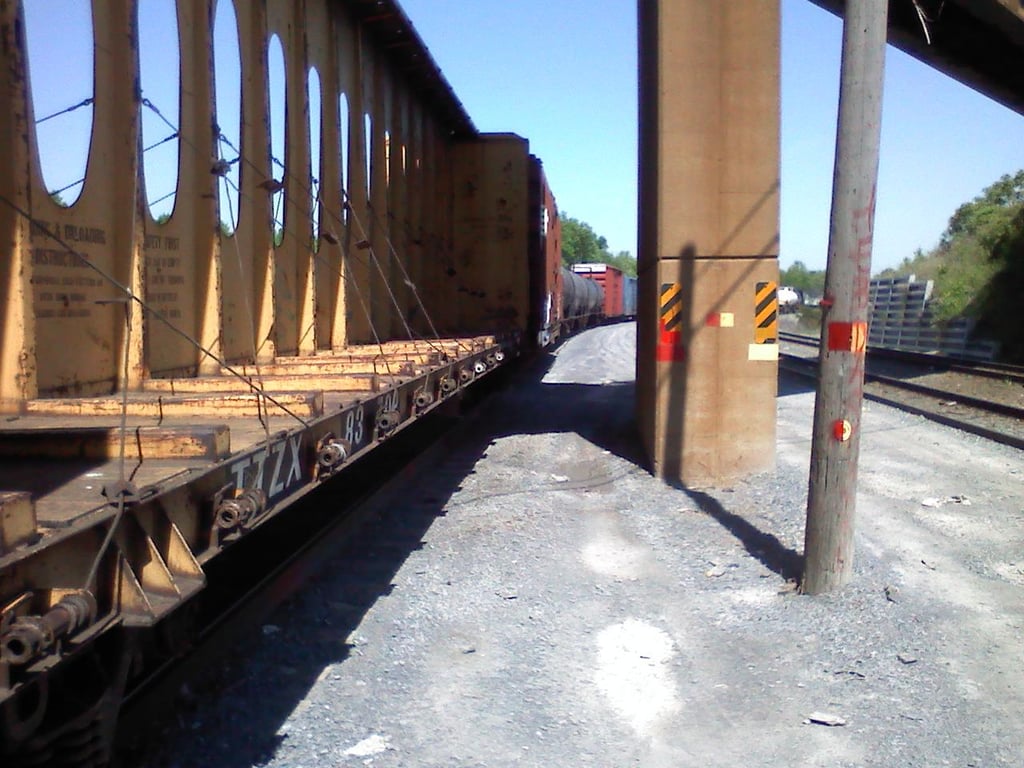 If you get hurt in a train yard in Kentucky can a lawyer in New York represent you? He sure can. And in fact, the best lawyer for a rail worker’s injury is likely out-of-state.
If you get hurt in a train yard in Kentucky can a lawyer in New York represent you? He sure can. And in fact, the best lawyer for a rail worker’s injury is likely out-of-state.
Topics: Checklist for hiring railroad lawyer, Basic steps to filing a fela lawsuit, whistleblower, FELA v Workers' Comp, FELA recovery, FELA injury

Brian is a 31 year-old LIRR electrician. Or at least he was until a portion of his ring finger on his right hand was severed in an on-the-job accident. He sued the railroad and after less than three days of trial, a jury awarded him almost $2 million for his injury and wage loss.
Topics: LIRR, FELA recovery, lost wages, FELA injury, wage loss calculator, trials, finger injury
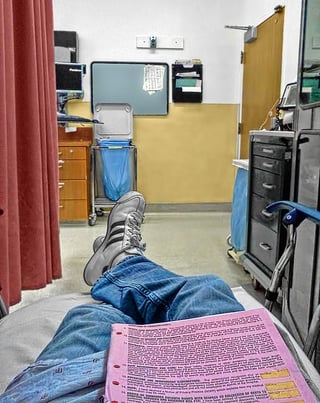 What should I ask my doctor? How do I remember what my doctor told me? How do I tell the railroad what my doctor said?
What should I ask my doctor? How do I remember what my doctor told me? How do I tell the railroad what my doctor said?
Every week I get similar questions relating to the three-way conversation among your doctor, the railroad and you. It is a critical conversation that can have effects not just on the value of your case, but also on whether you have a case at all. To help with that conversation, and particularly because it is an area so foreign to most railroaders, I am making this form available for your download and use.
Topics: how to file your own injury claim, FELA injury, Medical forms
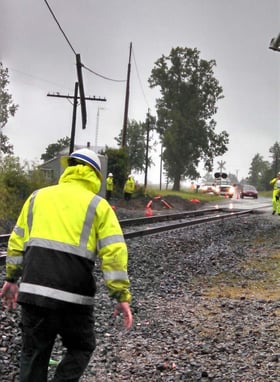 You’ve heard me say that every case is unique, but there are some very common (and legitimate questions) that my office fields from clients and prospective clients every week. Railroad workers, some with FELA cases and others who are whistleblowers, have questions about forms, doctors, court appearances, and most of all, why it’s all taking so long.
You’ve heard me say that every case is unique, but there are some very common (and legitimate questions) that my office fields from clients and prospective clients every week. Railroad workers, some with FELA cases and others who are whistleblowers, have questions about forms, doctors, court appearances, and most of all, why it’s all taking so long.
Topics: FAQs on the job injuries, Basic steps to filing a fela lawsuit, whistleblower, FELA injury
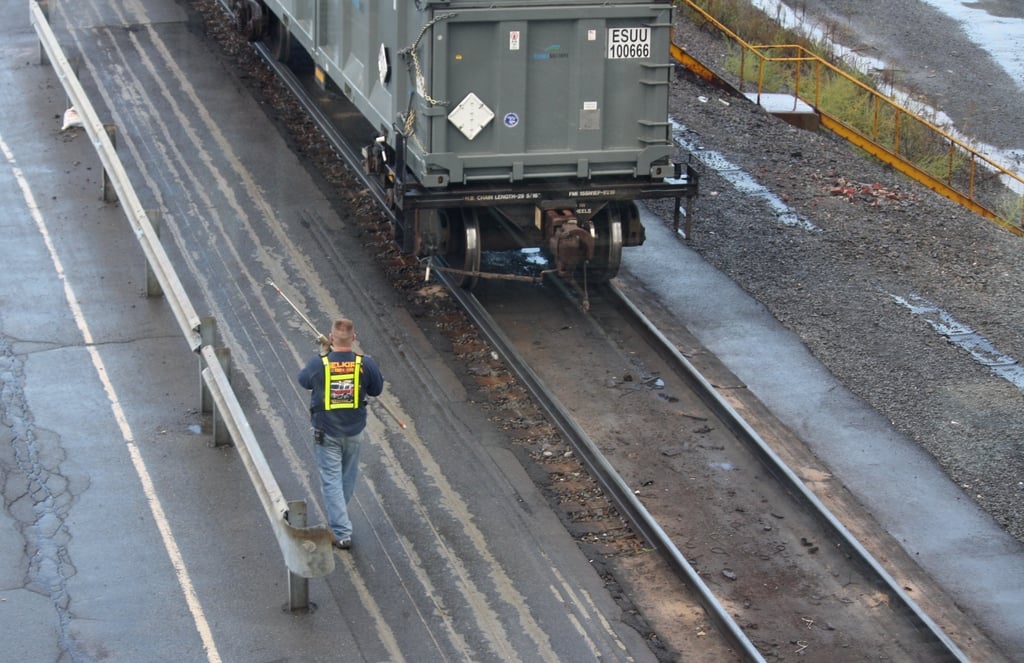
“I slipped on ice on an unsalted walkway on my way into work. (The parking lot had been cleared, as had the sidewalks, but the walkway in the parking lot itself was not treated).
Topics: FAQs on the job injuries, FELA injury, settlements
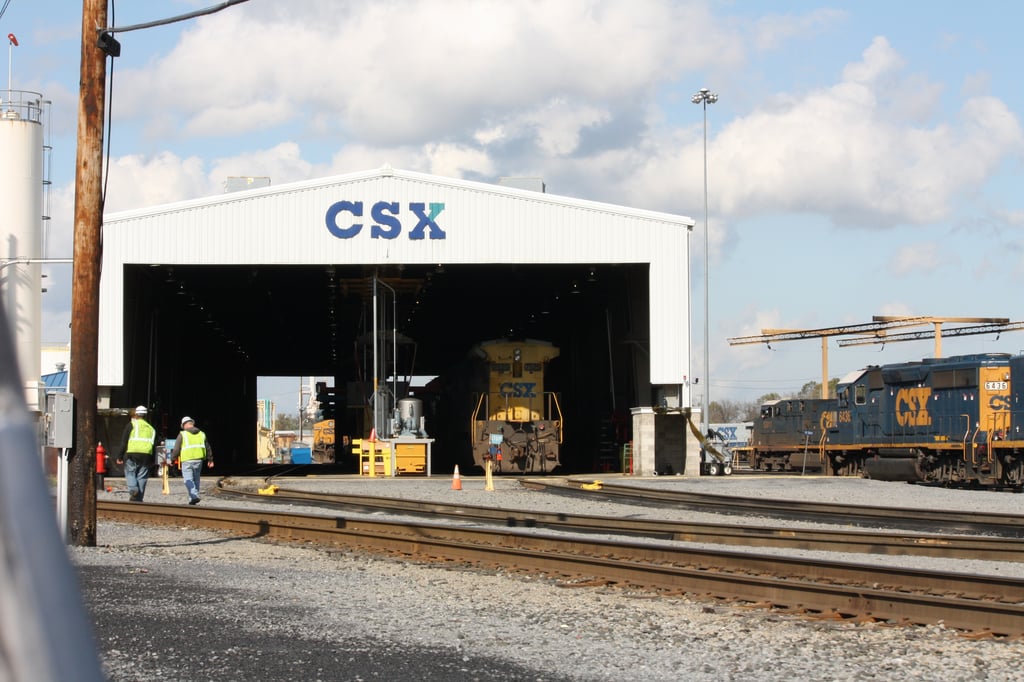
Under the FELA the railroad is required to provide a reasonably safe place to work, which includes providing reasonably safe tools and following reasonably safe procedures and methods for doing work.
Topics: FAQs on the job injuries, Railroad safety issues, FELA injury
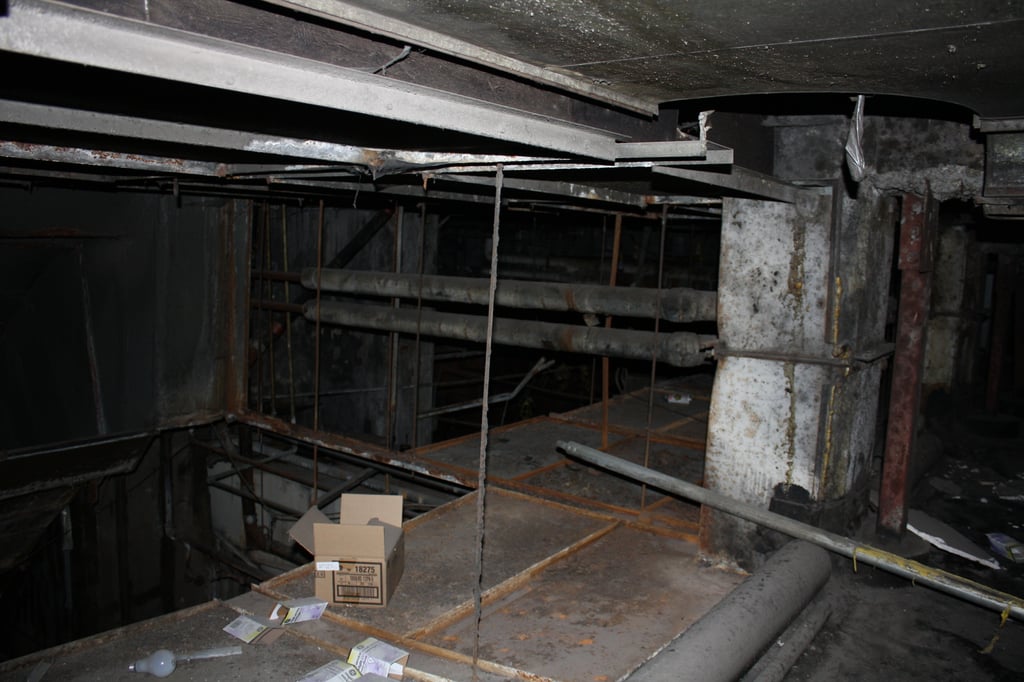 Frank was a plumber for 10 years with Metro-North Railroad.
Frank was a plumber for 10 years with Metro-North Railroad.
He spent all but six months of his career working in the railroad’s Grand Central Terminal, but not upstairs in the pretty part. No, Frank worked in the bowels of the facility, ensuring that the ancient massive intricate HVAC systems remained operational.
Topics: FELA injury, Multiple injuries

Last month, Joe*, a signal foreman with Amtrak, received almost $3 million from a jury verdict in his lawsuit against Amtrak after he was hit by a LIRR train on a jobsite.
Joe was supervising the installation of trough along the right-of -way of the busiest interlocking in the U.S. at 3:30 in the morning when he was hit by a train he never saw coming.
The jobsite, located east of the East River in New York was inside a ditch six feet from the center line of a live adjacent track. Joe didn’t know it, but at the moment he turned to step out of the ditch, an LIRR train was approaching at 30 mph. Because the watchman never blew his horn, Joe stepped up out of the ditch and into the side of the train.
The impact left him with a mild traumatic brain injury and a spinal injury requiring fusions. It also ended his career as a signal foreman with the railroad. He had 15 years to go to retirement.
Topics: verdict, FELA recovery, FELA injury, how much is my case worth?
 How long do I have to file my case? Am I too late to file a claim with OSHA? Does my initial charge letter and the denial of my appeal give me different filing dates?
How long do I have to file my case? Am I too late to file a claim with OSHA? Does my initial charge letter and the denial of my appeal give me different filing dates?
Every week I get these questions from railroad workers looking to sue their carrier. So here are not only the answers, but also a calculator so you can figure it out for yourself.
First, your injury claim must be filed within three years of when you knew or should have known that you had a work-related injury. In most instances, that means the date you got hurt. But there are other times where the beginning date might get fuzzy.
Topics: FAQs on the job injuries, Checklist for hiring railroad lawyer, Basic steps to filing a fela lawsuit, whistleblower, how to file your own injury claim, FELA injury

Railroad lawyer Marc Wietzke focuses on FELA injury and whistleblower law for railroad workers injured or punished on the job.
ATTORNEY ADVERTISING - Prior results don’t guarantee a similar outcome in your claim. This website and blog are for informational purposes and do not constitute legal advice, since only after knowing the details of your claim can any advice be provided. Please understand that particular laws vary by state. You must speak directly with an attorney about your situation to determine what laws apply.
PRIVACY POLICY - As a law firm, we do not share any information received from any contact without that contact's specific permission.